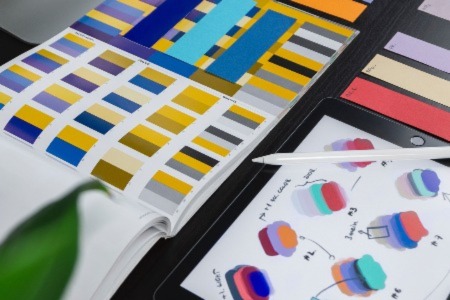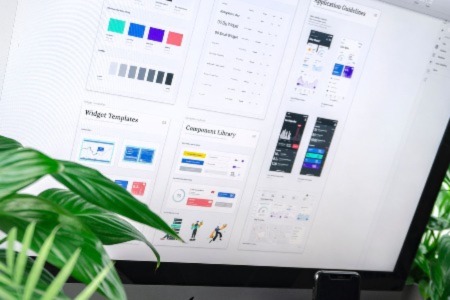Adelaide Website Design
Layout: How you arrange the various elements on your website will play a big role in its overall look and feel. When it comes to layout, less is almost always more. So, avoid cramming too much information onto one page. Instead, use whitespace to create a clean and spacious look.
Typography: The font you use on your Award winning website design can make or break its overall design. Choose a modern, easy-to-read font that won't turn users away.
Colour Scheme: The colours you use on your Adelaide web design are just as important as the font you select. After all, colour has the power to evoke certain emotions in people. For example, blue often inspires feelings of trust and dependability, whereas red is associated with excitement and energy.
Images: Be selective about the images you use on your site. Not only do they need to be high quality, but they should also add value to your content and help tell your brand's story. Hire web designers to help you on this one.
Element 2 - Content




